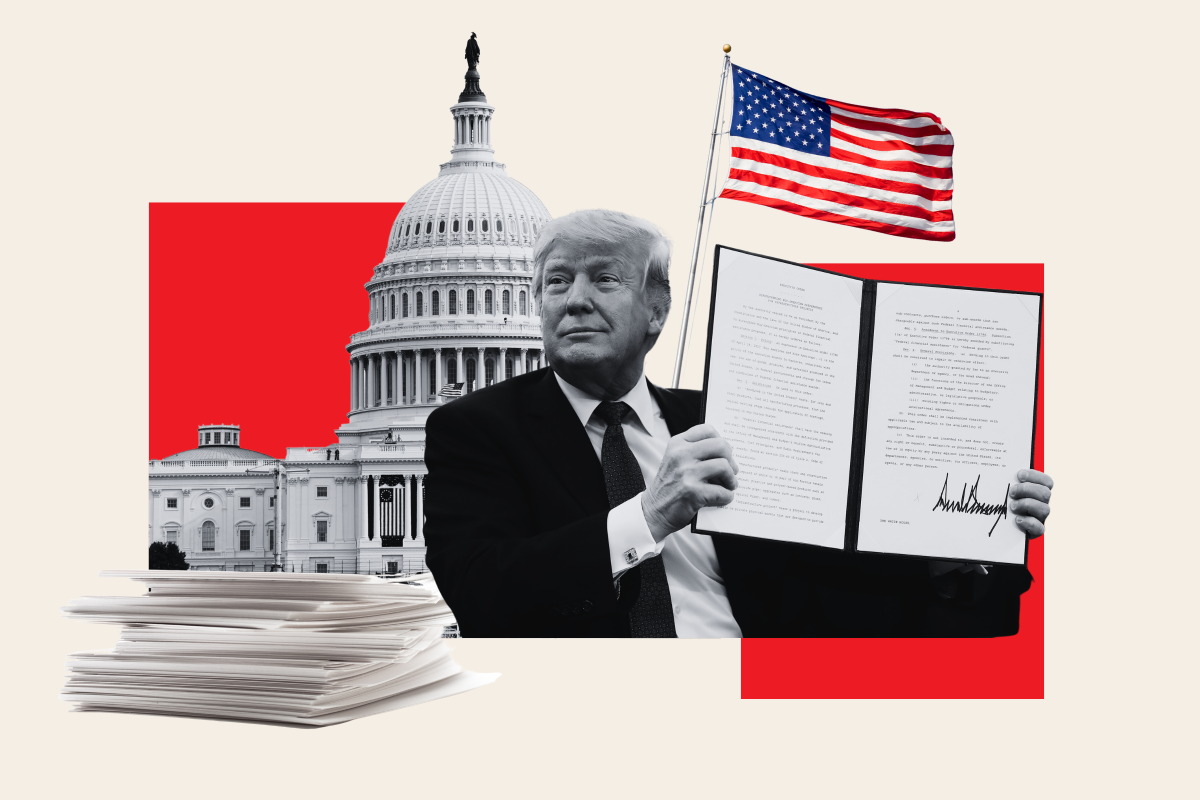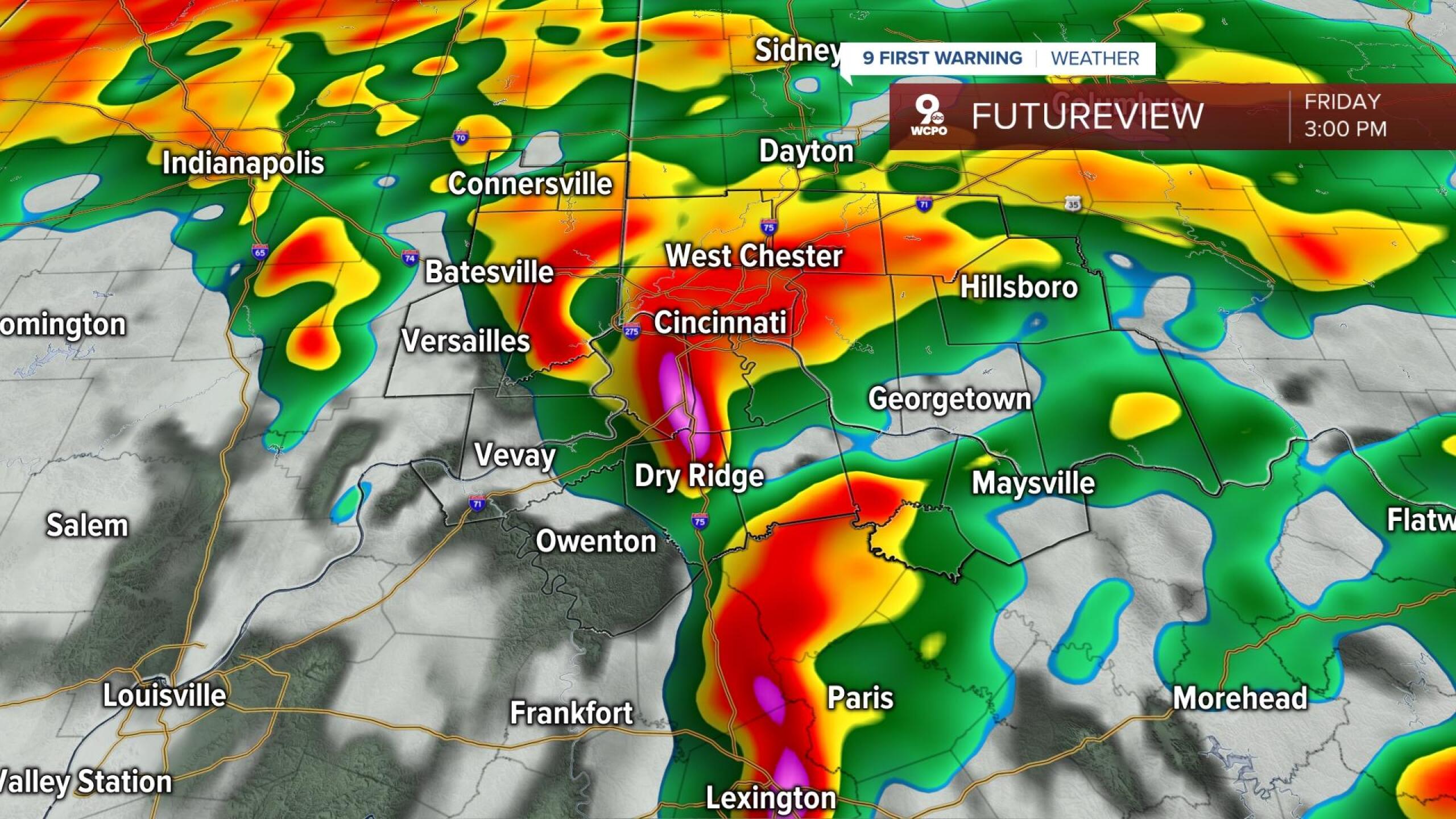Nationwide Sanctuary City List: Trump's Executive Order

Table of Contents
Defining "Sanctuary City": Legal Ambiguity and Varying Practices
There's no single, universally accepted legal definition of a "sanctuary city." This lack of a uniform definition is a key source of confusion and fuels much of the debate surrounding the issue. Instead, cities and counties across the nation have adopted a wide range of policies related to immigration enforcement, resulting in significant variations in practice.
- Limited cooperation with ICE detainers: Some jurisdictions limit their cooperation with Immigration and Customs Enforcement (ICE) by refusing to hold individuals solely based on ICE detainers, arguing that such requests are not legally binding.
- Prohibition of inquiry into immigration status: Other cities and counties prohibit their law enforcement officers from inquiring about the immigration status of individuals during routine interactions, focusing instead on public safety issues.
- Provision of municipal services regardless of immigration status: Many sanctuary cities provide essential municipal services, such as healthcare and education, to all residents regardless of their immigration status.
- Differences in policy implementation across jurisdictions: The range of policies is vast, leading to significant differences in how "sanctuary city" policies are implemented across different jurisdictions. Some might only limit cooperation with ICE on certain types of offenses, while others adopt much broader policies.
The motivations behind sanctuary city policies are varied. Proponents often cite the importance of building community trust, protecting human rights, and ensuring that all residents feel safe reporting crimes to law enforcement, regardless of immigration status. Critics, conversely, argue that these policies hinder immigration enforcement and endanger public safety.
Trump's Executive Order and its Legal Challenges
In 2017, the Trump administration issued several executive orders aimed at restricting federal funding to sanctuary jurisdictions. These orders sought to withhold funds from cities and states that failed to comply with certain immigration enforcement requirements.
- Specific clauses of the executive order: The executive orders outlined specific criteria for compliance, including requirements related to data sharing with ICE and cooperation with federal immigration authorities.
- Arguments made by both sides in legal challenges: The constitutionality of these executive orders was immediately challenged in court. Opponents argued that the orders violated the Tenth Amendment, which reserves certain powers to state and local governments, and that they infringed upon the separation of powers doctrine. The administration defended the orders, arguing they were within its authority to allocate federal funds and enforce immigration law.
- Key court decisions and their implications: Several court rulings have addressed the constitutionality of these executive orders, with varying results. Some courts have blocked certain provisions, while others have upheld them. The legal landscape surrounding these orders remains fluid and constantly evolving.
- Ongoing legal uncertainties: The ongoing legal battles continue to create uncertainty for cities and states, particularly regarding the availability of certain federal grants and funding streams.
The impact on federal funding for various programs, including law enforcement grants and infrastructure projects, has been significant and continues to be a source of contention.
The Impact on Immigration Enforcement and Community Relations
Trump's executive order and the broader debate surrounding sanctuary cities have significantly impacted local law enforcement agencies and community relations.
- Changes in local policing practices: Some law enforcement agencies have reported changes in their practices, although the extent of these changes varies widely depending on the specific policies adopted by each jurisdiction.
- Increased fear and self-deportation among undocumented immigrants: The heightened rhetoric and policy changes have led to increased fear and self-deportation among undocumented immigrants, hindering their willingness to report crimes or seek help from law enforcement.
- Impact on community trust and cooperation with law enforcement: The debate has eroded community trust in law enforcement in some areas, making it harder for police to effectively maintain public safety.
- Potential increase in crime due to fear of reporting: Fear of deportation may lead to underreporting of crimes and a reluctance to cooperate with investigations, potentially increasing crime rates.
The broader societal implications of the policy remain a subject of intense debate and ongoing research.
Creating a "Nationwide Sanctuary City List" – Challenges and Limitations
Compiling a truly accurate and comprehensive "Nationwide Sanctuary City List" is fraught with challenges. The lack of a consistent legal definition, coupled with the wide range of policies and their varying interpretations, makes definitive categorization extremely difficult.
- Data collection challenges and inconsistencies: Data collection is inconsistent, as cities and counties use different methods of reporting and documenting their policies.
- Potential inaccuracies in publicly available information: Publicly available information may be outdated, incomplete, or misinterpreted, leading to inaccurate characterizations of a city's immigration policies.
- Privacy concerns associated with creating a public list: Publicly naming and shaming cities could have negative implications for residents and potentially violate privacy rights.
- The potential for misinterpretation of local policies: Complex policies can be easily misinterpreted, leading to inaccurate classifications on any such list.
Finding reliable information requires researching individual city and county websites and referring to relevant legal documents and reports.
Conclusion
The debate surrounding sanctuary cities and the impact of Trump's executive orders highlight the complex interplay between federal immigration policy, local governance, and community relations. The evolving definition of "sanctuary city," the ongoing legal challenges, the varied impacts on communities and law enforcement, and the inherent difficulties in creating a truly comprehensive "Nationwide Sanctuary City List" all contribute to a constantly shifting landscape. The situation remains complex and constantly evolving. For more in-depth information on specific cities and their policies regarding immigration, consult your local government websites and relevant legal resources. Understanding the nuances of the "Nationwide Sanctuary City List" requires ongoing research and critical analysis of local policies and their impact. Stay informed about updates to this complex and controversial issue.

Featured Posts
-
 Trumps Tariffs On China A Deep Dive Into The Rising Costs And Supply Chain Issues Facing The Us
Apr 29, 2025
Trumps Tariffs On China A Deep Dive Into The Rising Costs And Supply Chain Issues Facing The Us
Apr 29, 2025 -
 Will Pete Rose Be Pardoned Trumps Potential Decision Explained
Apr 29, 2025
Will Pete Rose Be Pardoned Trumps Potential Decision Explained
Apr 29, 2025 -
 Hudsons Bay Closing Sales Up To 70 Off At Remaining Stores
Apr 29, 2025
Hudsons Bay Closing Sales Up To 70 Off At Remaining Stores
Apr 29, 2025 -
 Heavy Rain And Flooding Prompt State Of Emergency Declaration In Kentucky
Apr 29, 2025
Heavy Rain And Flooding Prompt State Of Emergency Declaration In Kentucky
Apr 29, 2025 -
 Porsche Macan Fyrsta 100 Rafutgafan Kynnt
Apr 29, 2025
Porsche Macan Fyrsta 100 Rafutgafan Kynnt
Apr 29, 2025
Latest Posts
-
 Porsche 911 S T Riviera Blue Pts Buy Now
Apr 29, 2025
Porsche 911 S T Riviera Blue Pts Buy Now
Apr 29, 2025 -
 Why Is The Porsche More Popular Internationally Than In Australia
Apr 29, 2025
Why Is The Porsche More Popular Internationally Than In Australia
Apr 29, 2025 -
 Jancker Wird Neuer Austria Klagenfurt Coach
Apr 29, 2025
Jancker Wird Neuer Austria Klagenfurt Coach
Apr 29, 2025 -
 Pre Owned Porsche 911 S T Riviera Blue Paint To Sample
Apr 29, 2025
Pre Owned Porsche 911 S T Riviera Blue Paint To Sample
Apr 29, 2025 -
 Porsche Popularity A Comparative Study Of Australia And Global Markets
Apr 29, 2025
Porsche Popularity A Comparative Study Of Australia And Global Markets
Apr 29, 2025
